Kumbha Mela is known as “the world’s most massive act of faith.” Every 12 years at four designated holy places (Ujjain, Allahabad, Nashik and Haridwar), millions of pilgrims gather for this sacred event, creating one of humanity’s largest peaceful gatherings.
The tremendous faith of devotees and the overwhelming numbers are mind boggling. Echoing the chants of ‘Har Har Mahadev’, saffron clad sadhus and thousands of pilgrims come to the sacred city during the Ujjain Kumbh Mela, also referred to as Simhasth Kumbh Mahaparva.
Located on the eastern bank of River Shipra, Ujjain is a divine place dedicated to Lord Mahakal (a form of Lord Shiva). The auspicious days of Kumbh are considered the most blessed time to take a ritual dip and bathe in the waters of River Shipra.
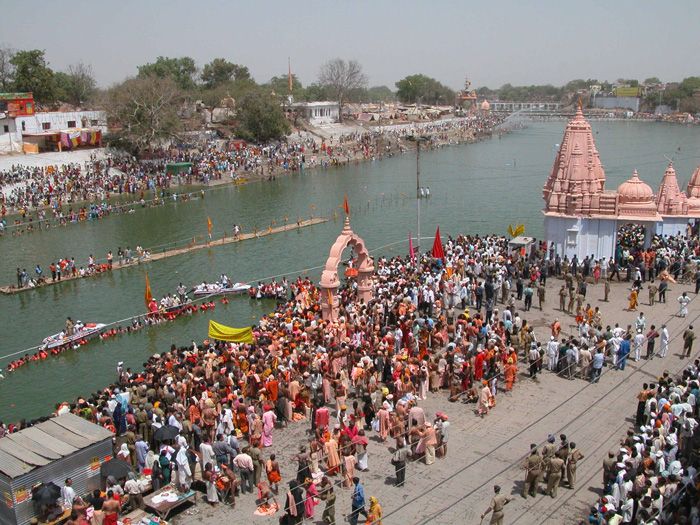
Spiritual Significance of Ujjain Kumbh Mela
The waters of River Shipra are considered exceptionally holy during Kumbh Mela. According to Hindu beliefs, bathing in these sacred waters during the festival:
- Frees the devotee from past sins (karma)
- Makes one eligible for liberation from the cycle of birth and death
- Helps in the attainment of Moksha (spiritual liberation)
- Purifies the soul and brings spiritual enlightenment
- Fulfills wishes when prayers are offered with a pure heart
Top Selling Packages
History and Mythology of Ujjain Kumbh Mela
Kumbh derives its name from the immortal “Pot of Nectar” (Amrit Kalash). According to ancient Vedic scriptures known as the Puranas, the origin of this festival is traced to the mythological story of Samudra Manthan (the churning of the cosmic ocean).
The Tale of Samudra Manthan
The account goes that the Devas (demigods) had lost their strength due to a curse from sage Durvasa. Weakened and afraid, they approached the Tridev (Lord Shiva, Brahma, and Vishnu) for help. They suggested churning the Ksheer Sagar (Ocean of Milk) that lies in the celestial region of the cosmos to obtain Amrit, the nectar of immortality.
This herculean task required immense effort, so the Devas made an agreement with the Asuras (demons) to work together and share the nectar equally. For the churning:
- The Mandara Mountain was used as the churning rod
- Vasuki, the king of serpents, became the rope
- The demigods positioned themselves at Vasuki’s tail
- The demons positioned themselves at his head
The churning first produced a deadly poison (Halahal) which threatened to destroy the universe until Lord Shiva consumed it, saving creation. After 1,000 years of churning, Dhanwantari (the divine physician) emerged holding the Kumbh (pot) containing the nectar of immortality.
Fearing the demons would misuse the nectar, the demigods seized the pot and fled. During the ensuing chase, which lasted 12 days and 12 nights (equivalent to 12 human years), a few drops of nectar fell at four places:
- Haridwar (where it fell on earth)
- Allahabad/Prayagraj (where it fell on the confluence of rivers)
- Nashik (where it fell on the banks of Godavari)
- Ujjain (where it fell in the Shipra River)
These four places are since believed to have acquired mystical powers, which is why the Kumbh Mela rotates between them.
Unique Aspects of Ujjain Kumbh Mela
The Ujjain Kumbh Mela is known as Poorna Kumbha or Simhastha Kumbha Mela and has several distinctive features:
- It occurs when Jupiter (Guru) enters the zodiac sign of Leo (Simha Rashi) and the Sun enters Aries (Mesh Rashi)
- It is the only Kumbh directly associated with Lord Shiva in his form as Mahakaleshwar
- Devotees not only take ritual baths in the Shipra River but also visit the Mahakaleshwar Temple, one of the 12 Jyotirlingas
- It features unique Malwa region cultural traditions and religious practices
- The procession of Naga Sadhus (naked ascetics) is particularly elaborate here
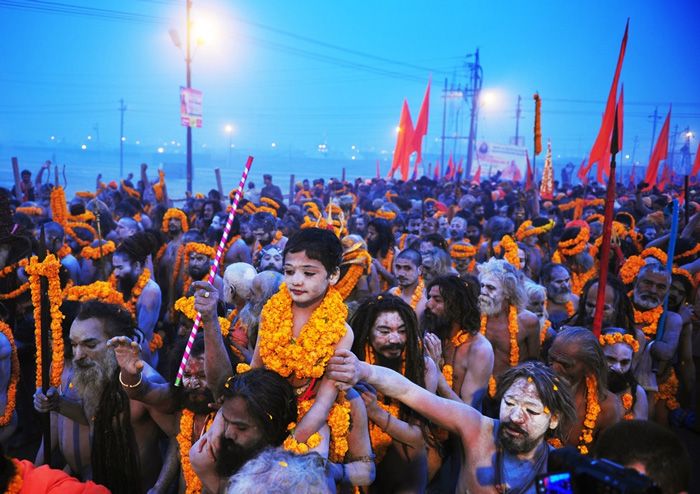
When is Ujjain Kumbh Mela Celebrated?
Ujjain Kumbh Mela occurs once every 12 years. The celebration begins when:
- Jupiter (Guru) planet enters the zodiac sign Leo (Simha Rashi)
- The Sun enters Aries (Mesha Rashi)
The most recent Ujjain Kumbh Mela was held in 2016, starting with the first holy bath (snan) on April 22 (full moon day) and concluding on May 21. The next Ujjain Kumbh Mela is scheduled for 2028.
Most Auspicious Bathing Days
During the month-long festival, certain days are considered particularly sacred for taking the ritual dip:
- Purnima (Full moon day)
- The month of Baisakha
- When Jupiter is in Leo
- When the Sun is in Aries
- During Vyatipata yoga
- When the Moon is in Libra (Tula rasi)
- Mondays (sacred to Lord Shiva)
The Shahi Snan (Royal Bath) days, when the akharas (sects) of sadhus take their ceremonial bath in a specific order, are the most auspicious times during the Kumbh Mela.
Essential Visitor Information for Ujjain Kumbh Mela
How to Reach Ujjain
By Air
Ujjain does not have its own airport. The nearest airport is the Devi Ahilyabai Holkar Airport in Indore at a distance of 57 kilometers. The airport is connected to major cities like Delhi, Mumbai, Bangalore, and Hyderabad by regular flights. From the air terminal, regular buses and taxis commute to Ujjain (approximately 1.5 hours).
By Rail
Ujjain is well-connected to major parts of the nation through the Indian railway network. The Ujjain Junction is just 1 km from the main city and has direct trains from Delhi, Mumbai, Kolkata, Chennai, and other major cities. Taxis and auto-rickshaws are readily available outside the station to take you to the city center or the Kumbh Mela grounds.
By Road
Ujjain is connected with well-maintained roads to major towns in Madhya Pradesh and neighboring states. State-owned MPSTRC buses, private deluxe coaches, Volvo buses, and taxis travel regularly to the holy city. Here is the complete guide on how to reach— click here!
Key distances:
- Indore to Ujjain: 57 km
- Bhopal to Ujjain: 190 km
- Ahmedabad to Ujjain: 400 km
- Delhi to Ujjain: 780 km
Avail fully customized Ujjain Tour Packages with IHPL. Contact today!
Accommodation Options
During the Kumbh Mela, Ujjain experiences a massive influx of visitors. For a comfortable stay, consider these accommodation options:
Kumbh Mela Camps
- Temporary tent cities set up specifically for the event
- Range from basic to luxury options with air conditioning
- Often include meals and basic amenities
- Located close to the bathing ghats
- Advance booking recommended
Budget Hotels
- Numerous budget hotels and dharamshalas (pilgrims’ rest houses) around the city
- Often fill up quickly during peak days
- Range from INR 500-2000 per night
Mid-range and Luxury Hotels
- Limited in number but available in Ujjain
- More options in nearby Indore (57 km away)
- Advance booking essential, preferably months ahead
Ashrams and Religious Institutions
- Many religious organizations offer basic accommodations for devotees
- Usually very affordable but simple
- May require prior contacts or references
For hassle-free bookings of accommodations, consider booking an Ujjain tour package that includes stay arrangements.
Local Culture and Food
Ujjain has its own distinct food culture that reflects the diversity of the Malwa region. During your visit, don’t miss trying:
- Poha-Jalebi: A classic Malwa breakfast combination
- Bhutte Ka Kees: A spicy corn dish
- Malpua: Sweet pancakes served during festivals
- Dal Bafla: A local variation of Dal Baati
- Chakki Ki Shaak: A yogurt-based dish unique to the region
The presence of ethnic communities of the Malwa region has lent their unique influence to the culture and traditions which fascinates visitors. During Kumbh Mela, the city comes alive with:
- Cultural performances and bhajans (devotional songs)
- Religious discourses by renowned spiritual leaders
- Traditional Malwa folk music and dance
- Crafts bazaars selling local handicrafts and religious items
- Community kitchens (bhandaras) offering free meals
Essential Tips for Visitors
Dos and Don’ts
Dos:
- Use only the bathing areas/ghats that are authorized by the Mela administration for safety and security
- Report any unidentified or suspicious objects to the mela administration or police control room
- Follow traffic rules and regulations in the city and the Mela area
- Pay attention to directions and announcements through the Central Public Address System
- Dispose of garbage only in designated dustbins
- Dress appropriately considering the religious and cultural sensibilities of the Kumbh Mela
- Carry only essential items and keep them secure
- Stay hydrated and protect yourself from the sun
- Respect the space and privacy of sadhus and asceticsConsider visiting on non-peak days if possible to avoid extreme crowds
Don’ts:
- Don’t wash clothes on the river banks
- Avoid overcrowding of boats during river crossings
- Don’t encourage begging
- Avoid using soaps while bathing in the river
- Don’t throw worship materials or ritual items into the river
- Avoid carrying valuables or large amounts of cash
- Don’t take photographs of sadhus or ceremonies without permission
- Avoid entering restricted areas designated for specific rituals
What to Pack
- Comfortable, modest clothing (shoulders and knees should be covered)
- Good walking shoes for navigating the large mela grounds
- Hat, sunglasses, and sunscreen for sun protection
- Water bottle and light snacks
- Basic first-aid supplies and any personal medications
- Small denominations of cash (ATMs may have long lines or run out of cash)
- Waterproof bag for your electronics and documents
- Hand sanitizer and wet wipes
- Lightweight towel for after bathing
Health and Safety
- Drink only bottled or purified water
- Be cautious about street food; choose vendors with good hygiene practices
- The mela grounds can be overwhelming with crowds; identify meeting points if traveling in groups
- Note the locations of medical camps and emergency services
- Carry a basic medical kit with essential medications
- Consider getting travel insurance that covers medical emergencies
- Save emergency contact numbers of local authorities
The Spiritual Experience at Ujjain Kumbh Mela
Beyond the logistical aspects, the Ujjain Kumbh Mela offers a profound spiritual experience even for non-Hindu visitors. The atmosphere is charged with devotion, with continuous chanting, prayer, and religious discourse.
Key spiritual experiences include:
- Witnessing the Shahi Snan: The procession and bathing of different akharas (sects) of sadhus in a specific traditional order
- Darshan at Mahakaleshwar Temple: One of the 12 Jyotirlingas, the temple sees heightened spiritual activity during Kumbh
- Spiritual discourses: Many renowned spiritual leaders and gurus give public talks during the mela
- Aarti ceremonies: Elaborate worship rituals performed at the ghats at dawn and dusk
- Sadhus and ascetics: Interaction with holy men and women who embody ancient spiritual traditions
- Meditation and yoga: Many groups offer sessions open to visitors
The Ujjain Kumbh Mela provides a rare window into living spiritual traditions that have continued unbroken for thousands of years. Even for those visiting primarily as observers or tourists, the faith, devotion, and scale of the gathering create a powerful and memorable experience.
Whether you’re a devout pilgrim seeking spiritual merit or a curious traveler interested in one of humanity’s most remarkable gatherings, the Ujjain Kumbh Mela offers a profound glimpse into the heart of India’s spiritual traditions.

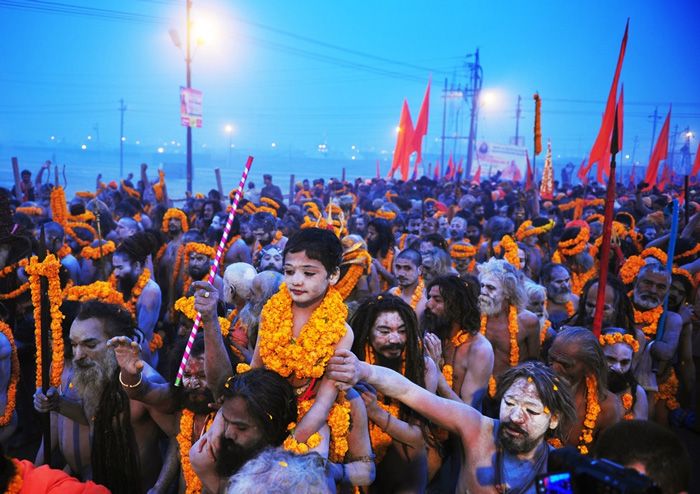
 Spiritual Ujjain Tour
Spiritual Ujjain Tour Maha Kumbh Mela Ujjain
Maha Kumbh Mela Ujjain 12 Jyotirlinga Darshan Yatra
12 Jyotirlinga Darshan Yatra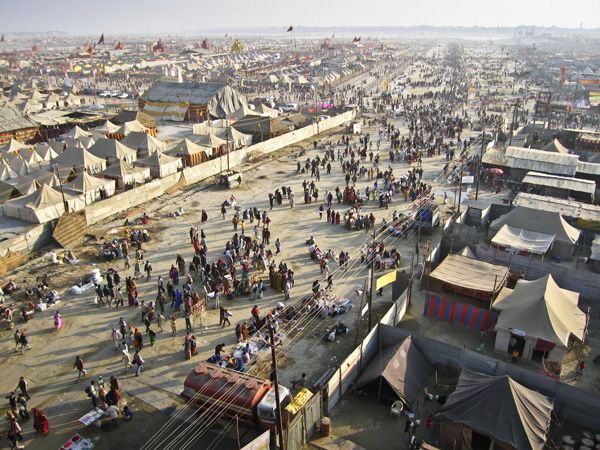

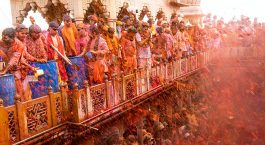
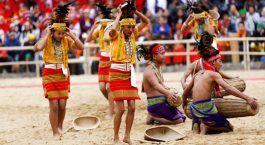
I will definitely be coming back here more often.
Marvelous work!. The blog is brilliantly written and provides all necessary information I really like this awesome post. Thanks for sharing this useful post.
Hi Priya
Thanks for your kind words! Keep on following our blogs for more such informative posts in the future.